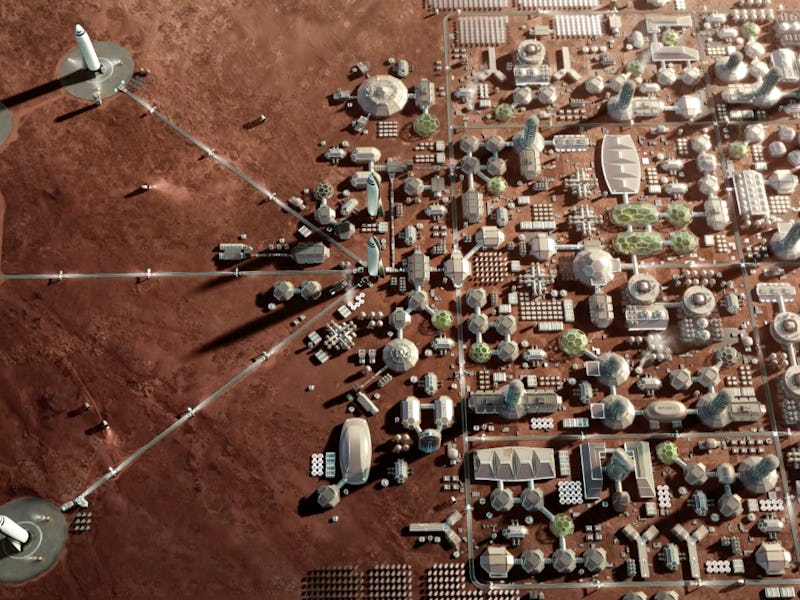Musk Reads: SpaceX’s Mars City Gets a Reality Check
Plus, a Tesla worth $250,000 and SpaceX sends a school project into space.

Tesla vehicles could be worth as much as $250,000 in three years; SpaceX sends a young innovator’s project into space; and the Mars city gets a reality check. It’s Musk Reads #77.
A version of this article appeared in the “Musk Reads” newsletter. Sign up for free here.
Musk Quote of the Week
“Maybe they’re among us. Just saying maybe …”
- Read more about Musk’s musings on extraterrestrial life, spurred by this article about the Drake Equation.
Tesla
Is the Tesla an appreciating asset? Musk seems to think so, as he claimed last week that the upcoming self-driving capabilities could push a $35,000 car to a staggering $250,000. The combination of proprietary chips and a robo-taxi business plan could propel Tesla’s market cap to $500 billion. Read more.
Tesla also released two new safety features this week for drivers not using the semi-autonomous Autopilot system. Lane Departure Avoidance helps keep a driver in their lane by correcting the steering, extending the existing warning feature that vibrates the steering wheel to alert drivers. Emergency Lane Departure Avoidance steers the car back into the lane if it detects the car is about to cause a collision, or if it’s at the edge of the road. Both these features came from Tesla’s data on how Autopilot could help to reduce car accidents. Read more.
What’s next for Tesla: Tesla is increasing the price of its optional full self-driving extra from $5,000 to $6,000. Musk wrote on Twitter that the price changes will come into full effect by May 10.
SpaceX
SpaceX sent an artificial intelligence computer to the International Space Station over the weekend, as the CRS-17 supply mission lifted a machine designed by University of Pittsburgh students onto a four-year mission. Kevin Glunt, a 24-year-old student on the team, told Inverse that “after it launched, I literally threw my phone cheering.” The machine sacrifices some reliability to support more advanced processors in space at a lower cost. Read more.
A city on Mars could struggle to attract residents, economics professor Guenter Lang told Inverse. Musk plans to offer return tickets to Mars at around $200,000, or the median cost of a house in the United States. The stainless steel Starship could help make this a reality as early as 2050. Unfortunately, Lang notes, even $200,000 is a high price to pay to live on a barren wasteland. Read more.
What’s Next for SpaceX: SpaceX is expected to launch some of its Starlink internet satellites as early as May 15.
More Musk Reads From This Week
- Infrared Video Shows SpaceX Falcon 9 Rocket Falling Back to Earth. Read more.
- New Glenn vs. Starship: How Blue Origin and SpaceX’s Heavy Rockets Compare. Read more.
- Living Bits of Human Organs Are Headed to Space to Save More Lives on Earth. Read more.
Photo of the Week
This retro ice cream parlor charger lit up at night:
The Ultra-Fine Print
This has been Musk Reads #77, the weekly rundown of essential reading about futurist and entrepreneur Elon Musk. I’m Mike Brown, an innovation journalist for Inverse.
- Sponsor Musk Reads and get your business in front of a brainy, curious audience that’s motivated to make the world a little better tomorrow.advertising@inverse.com.
- Email me directly at mike.brown@inverse.com and follow Inverse on Twitter @inversedotcom. Follow me on Twitter @mikearildbrown.
A version of this article appeared in the “Musk Reads” newsletter. Sign up for free here.